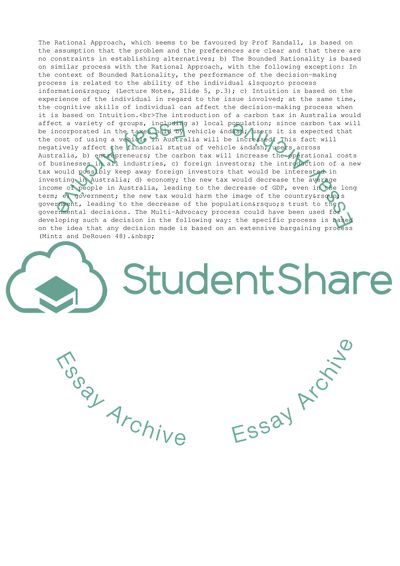Cite this document
(“Management and Organisations in a Global Environment Assignment”, n.d.)
Management and Organisations in a Global Environment Assignment. Retrieved from https://studentshare.org/management/1777796-management-and-organisations-in-a-global-environment
Management and Organisations in a Global Environment Assignment. Retrieved from https://studentshare.org/management/1777796-management-and-organisations-in-a-global-environment
(Management and Organisations in a Global Environment Assignment)
Management and Organisations in a Global Environment Assignment. https://studentshare.org/management/1777796-management-and-organisations-in-a-global-environment.
Management and Organisations in a Global Environment Assignment. https://studentshare.org/management/1777796-management-and-organisations-in-a-global-environment.
“Management and Organisations in a Global Environment Assignment”, n.d. https://studentshare.org/management/1777796-management-and-organisations-in-a-global-environment.


